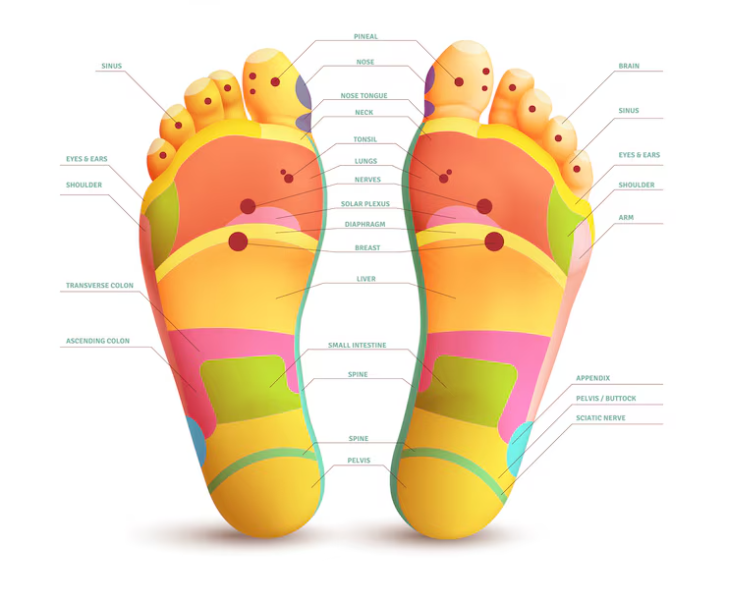
The Role of Hormones in Understanding Diabetic Foot: Causes, Symptoms, and Risk Factors
Diabetic foot is a serious complication of diabetes, and hormones play a vital role in its development. Let’s delve into the causes, symptoms, and risk factors of diabetic foot, with a focus on the hormonal aspects.
Understanding Diabetic Foot
Diabetic foot is a term used to describe a range of foot problems that can occur in people with diabetes. High blood sugar levels, which are common in diabetes, can lead to nerve damage (neuropathy) and poor circulation, increasing the risk of foot complications.
Causes of Diabetic Foot
- Nerve Damage (Neuropathy): Hormonal imbalances in diabetes can damage the nerves in the feet, leading to loss of sensation. This means that individuals may not feel pain, heat, or cold in their feet, making them more prone to injuries and infections.
- Poor Circulation: Diabetes can affect blood flow to the feet, leading to reduced circulation. Poor circulation slows down the healing process, making it difficult for wounds and injuries to heal properly.
Symptoms of Diabetic Foot
- Numbness or Tingling: Loss of sensation or a tingling sensation in the feet is a common symptom of diabetic neuropathy.
- Foot Ulcers: Open sores or wounds that do not heal properly can develop on the feet, increasing the risk of infection.
- Changes in Skin Color or Texture: Skin on the feet may become dry, cracked, or discolored due to poor circulation and nerve damage.
- Foot Deformities: Over time, untreated diabetic foot complications can lead to foot deformities such as hammertoes, bunions, or Charcot foot.
Risk Factors for Diabetic Foot
- Poorly Controlled Blood Sugar Levels: High blood sugar levels over an extended period increase the risk of nerve damage and poor circulation in the feet.
- Smoking: Smoking narrows the blood vessels and reduces blood flow to the feet, exacerbating circulation problems.
- Peripheral Artery Disease (PAD): Individuals with diabetes are at increased risk of developing PAD, a condition that affects blood flow to the legs and feet.
Conclusion
By understanding the role of hormones in diabetic foot complications, individuals with diabetes can take proactive steps to manage their condition effectively and reduce the risk of foot problems. Regular foot exams, proper foot care, and blood sugar control are essential for maintaining foot health.
To seek medical advice, always consult a Doctor. Here are our recommended experts. Click Here
To read more on Diabetic foot. Click Here


